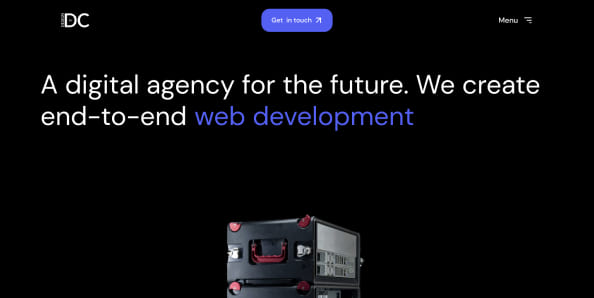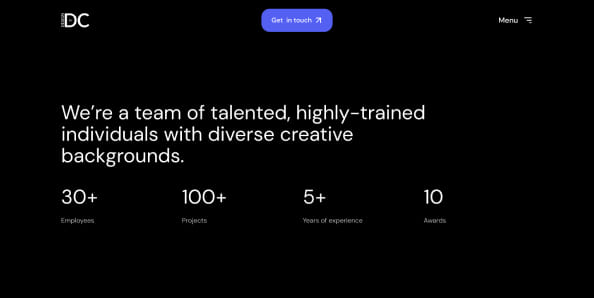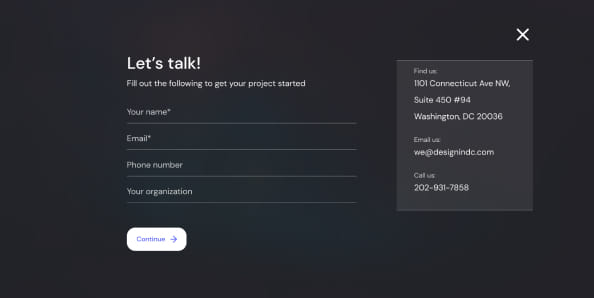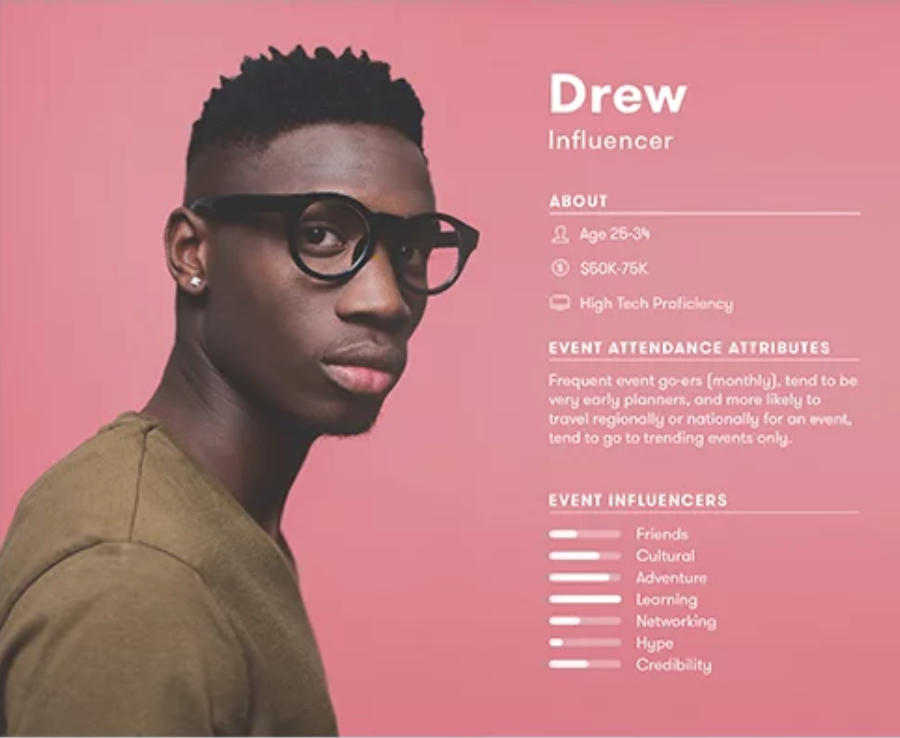5 Rules of Storytelling to Improve your Website’s UX
We often hear about storytelling when we talk about marketing, websites, and UX design. Brands are meant to ‘tell a story’, and stories can help improve the way we design websites and user experiences.
But what does that actually mean? Storytelling isn’t just a buzzword– it can be used to inform UX design principles and create highly effective, human-centred websites.
By looking at our websites as stories and our users as readers, we can create websites that truly connect. This framework helps us design with users in mind. It also creates familiarity by following the basic, intuitive structures that we know from our favourite stories. If we break down the basic rules and structures used to tell stories, we find 5 important principles for UX design.
1. Build your Characters
“I think the best stories always end up being about the people rather than the event, which is to say character-driven.”
– Stephen King
First and foremost, stories need people. Without characters, you just have a series of disparate events with no real impact or purpose. And, importantly, characters are necessary because readers are seeking connection.
From a UX perspective, this means putting humans at the centre of our design processes. When building your company’s website, consider your users as the main character or protagonist.
Just like a writer doesn’t centre themselves when telling a story, designers should build their websites around users, not around themselves.
Making personas of target users early in the design process is a perfect way to understand who your users are and what they want to achieve on your site. It also sets the tone for your project. Creating detailed personas for each user will immediately put your team into the mindset of a user, as opposed to building from the POV of the company or brand.
2. Construct your World
“Storytelling offers the opportunity to talk with your audience, not at them.”
– Laura Holloway
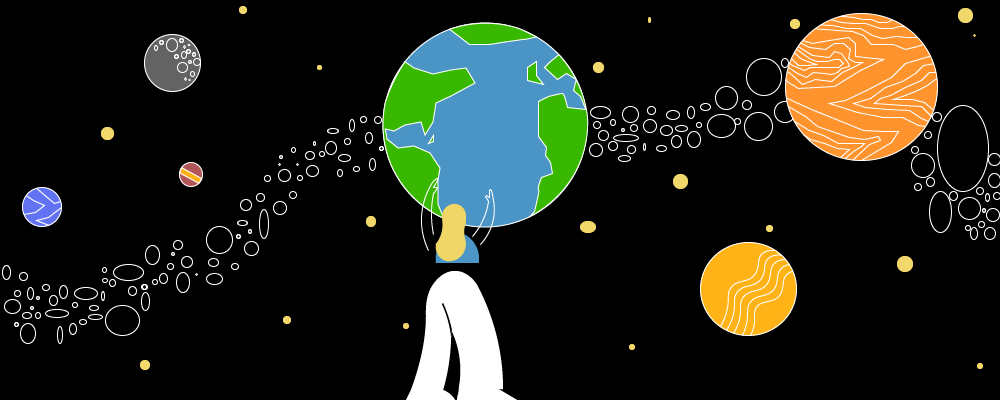
It’s important to understand who your characters are, but in order to do that you need to know where they come from. Context is everything.
When telling a story, your characters don’t exist in a vacuum. Rather, they live in a world that has its own rules and customs. Characters also usually have a backstory, which colours the choices and actions that they make within your story.
Shaping these contextual elements of a story is often referred to as “world-building”.
World-building is an essential element of UX as well. Building personas isn’t just about understanding who your users are in terms of demographics. It’s also about understanding the context they come from. What events might bring them to your site? How might they get there? In what ways will they share information about your product or service?
These questions will provide context around your users, and context allows you to design a website that speaks to user’s unique circumstances and addresses their specific needs.
3. Understand and Address Conflict
“Story is a yearning meeting an obstacle.”
– Robert Olen Butler

In every story, a conflict is required to move the plot along and develop characters. This conflict can be big or small, but either way, it has to present your character with an obstacle that can then be overcome.
I know what you’re thinking… good UX shouldn’t have obstacles. And you’re right! But understanding conflict is important nonetheless.
When designing a website, understanding conflict means considering what potential gaps and difficulties your users might have in accessing your product or service. From there, you can use the design of the website to fill those gaps.
This principle is about using user-knowledge to predict challenges and address them before they happen.
4. Structure your Plot
“Sometimes reality is too complex. Stories give it form.”
– Jean Luc Godard
Plot is the backbone of every good story. You probably remember learning about the basic arc of a story in grade school– you start with conflict, travel through a rising action, reach a climax, and then finally end with a resolution.
A user journey should follow a similar pattern. A user begins with a want or a need, they explore that want or need through your website, and finally they make a crucial decision to engage, or disengage. In the end, your hope is that the user buys your product or requests your service.
In order to reach this end goal, it’s important to map out User Journeys that take into account your personas. Map out every step a user has to go through before reaching their ‘resolution’.
By understanding each step that a user takes on their journey, you can ensure that their experience is smooth and that all potential obstacles are addressed.
5. Create Impact
“Marketing is no longer about the stuff that you make, but about the stories you tell.”
– Seth Godin
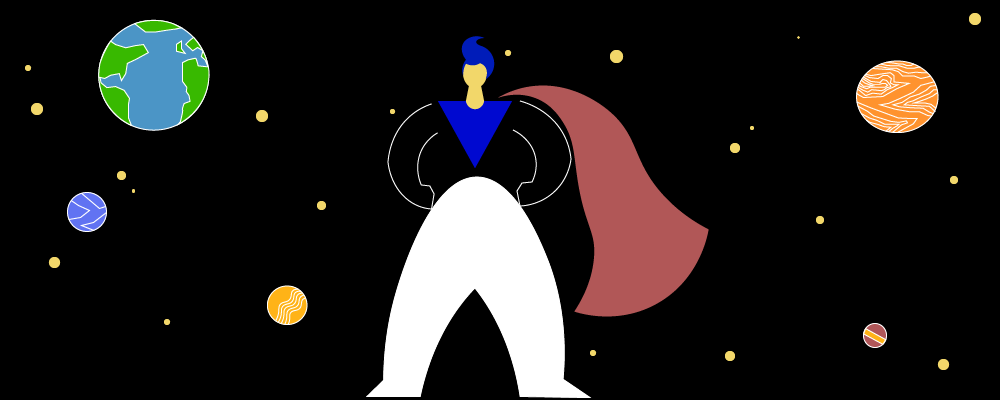
This quote from Seth Godin says it all. All stories hope to have a personal impact on their readers– otherwise, what’s the point?
The same is true for websites. Understanding this basic idea– that stories should create impact and have meaning– is essential to understanding good UX.
A user should be persuaded, through the design and content of your website, to engage with your brand. Keeping this in mind, you want to write compelling content and design in such a way that eases users worries and keeps them on track toward their end-goal.
Users should come away from your site feeling empowered, uplifted, and excited to share your story.
Keeping impact in mind will ensure that your UX reads like a fairytale.
